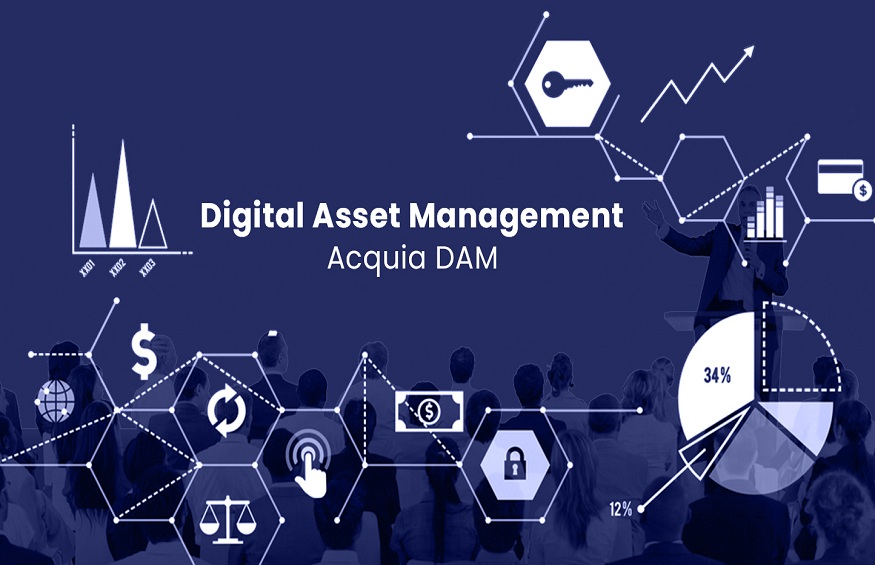Where is Digital Asset Management Used?
Business to business (B2B) companies uses Digital Asset Management software to manage their digital assets, including images, videos, and documents. In a B2B transaction, the asset files are often part of a contract or agreement between businesses.
There is also an increasing trend in using DAM for storing and managing assets used by enterprise employees both internally and for sharing data with partners. DAM solutions store and handle commercial (stock) images, videos, presentations, reports, eBooks; you can learn more from this link www.encode.eu.
Digital Asset Management is suitable for managing assets in multiple departments that need central access to an asset library. It is beneficial for teams that collaborate on projects requiring the use of large numbers of files.
It is increasingly common for DAM software to be used in the Public Sector and by Governmental agencies which face the challenges of managing extensive image collections with compliance and security concerns.

These are some of the places where digital asset management is used:
- By a creative professional who collaborates on a project.
- An organization hosts a website with business content, such as a company directory, product information, and press releases.
- In the graphic design industry, for managing image libraries used in print and web publishing projects.
- In the Public Sector or by Government agencies.
- By the Marketing Department of an organization, storing and managing commercial (stock) images, videos, presentations, reports, eBooks.
- By Libraries and Academic institutions for managing image libraries used in print and web publishing projects; by Universities for sharing research data with other Universities via Scholarly Digital Asset Repositories.
- In Non-Profit Organizations to manage image collections for fundraising and awareness campaigns.
What are DAM tools?
DAM tools can be stand-alone or integrated with other software. They can provide a comprehensive solution for all your Asset Management needs, from ingesting the files to delivery and further usage of your precious media items.
In DAM tools terms, an Asset is information that is stored together for a particular purpose. Assets are grouped into Collections. A Collection is a subset of the library that can be defined according to different criteria, such as use case. Assets are grouped within collections in folders on the file system.
Asset Management steps – manageable activities
There are three things you need to do with your digital assets:
1) Import them into the DAM tool catalog.
2) Manage them in the DAM tool using different metadata.
3) Deliver them to your audience.
The best DAM tool provides an intuitive user interface for managing your digital assets, so you can easily find what you are looking for. It should allow you to collect basic information about each asset, such as name, location on disk, creation date, and modification history.
It should also allow you to process your assets, for example, to rename, resize or crop them. Of course, the DAM tool must provide powerful search capabilities helping you find all assets matching specific criteria without any problems.
Final Thoughts
As you can see, Digital Asset Management is a broad subject. In this article, we have introduced it from the perspective of its application in various industries.In some cases, it helps to manage assets by teams working on shared projects, whereas in others, it provides a comprehensive solution for all your Asset Management needs.



